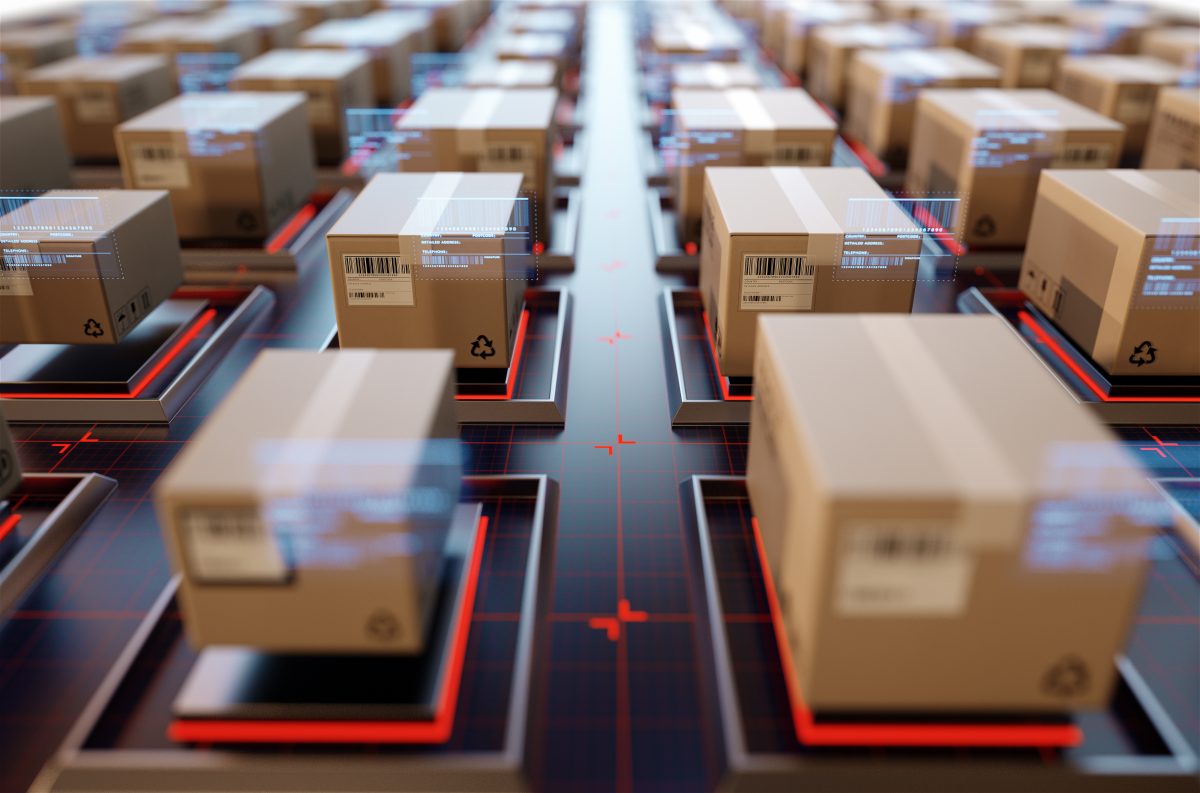Fencing is the bedrock of a large livestock and crop farm. It offers essential protection and ensures livestock and crops remain safe. Apart from safeguarding investments, a robust fencing system supports sustainability and reduces long-term maintenance costs.
Tight immigration policies and a scarcity of farmhands are pushing ranchers toward automated fencing solutions in the U.S. Farms are under pressure to adopt eco-friendly materials, and solar-powered, plastic-composite, and recycled-metal fences are gaining traction.
With increasing urbanization, incidents of wildlife intrusion, theft, and crop damage are surging. Electric and smart fencing is becoming essential for safeguarding farm assets in the country. Today, farmers are embracing IoT, AI, and virtual fencing to reduce labor and manage large-scale operations remotely.
The agricultural fencing market in the U.S. stood at $2.40 billion in 2022 and is expected to reach $3.44 billion by the year 2030. Red Brand, BMD, American Wholesale Fence Works, Oklahoma Steel & Wire, Inc., San Antonio Steel Company, and River Valley Fencing are some of the key companies in the U.S. market for agricultural fencing. Let’s have a look at the key trends and innovations in the industry.
- Virtual Fencing: In June 2025, Halter secured $100 million in Series D funding to expand its GPS‑based cow collars in the U.S. markets. These collars form virtual boundaries and gently guide cattle without physical fences, which is ideal for addressing labor shortages and boosting pasture flexibility. Virtual fencing offers several advantages, such as reduced fencing costs and flexible and improved livestock management.
- High-Tensile & Smart Metal Systems: Farm owners are looking for reinforced metal fencing lines featuring anti-lift tabs that are tailored for durable installations in soft soil and high-stress environments. Sustainable electric fences powered by solar and equipped with IoT sensors are also gaining wide usage. They support remote monitoring, automated alerts, and reduced dependency on grid power.
- Drone-Assisted Wildlife Control: Technology is changing the nature of traditional fencing systems. Fencing systems now include motion detectors, strain gauges, and cameras, all feeding data to central platforms that send instant alerts via mobile or desktop apps. Some fences automatically adjust voltage or emit deterrent sounds based on sensor input, reducing the need for human intervention. In May 2025, the GUARD project in Minnesota showcased a drone-based perimeter protection system using real-time vision to scare off deer. Early field results proved promising in cutting crop damage.
Some Common Factors to Consider While Choosing a Farm Security Fence
- Type of threats: Wild animals, theft, or trespassing are some of the common threats to agricultural farms. Identifying the threat is crucial in order to select the best fencing option.
- Terrain and layout: A good security fence follows the contours of the property without losing stability. Rocky or sloped ground is a major challenge in this regard, which needs to be kept in mind while fencing.
- Durability and lifespan: Wooden fences are good from a sustainability point of view, but they are not as durable as metals. On the other hand, galvanized steel fence posts can last up to 50 years with minimal maintenance.
The Bottom Line
While metal and traditional wire fences remain the core, smart technologies – from GPS collars to drones – are adding layers of efficiency and resilience in the agricultural fencing market. These converging trends signal fertile ground for investment and strategic partnerships. On the other hand, farmers benefit through reduced losses, smoother operations, stronger compliance and strategic partnerships.
















